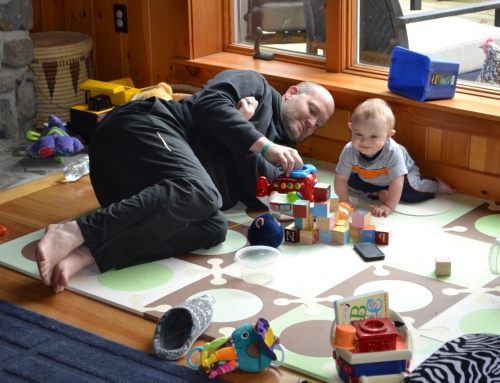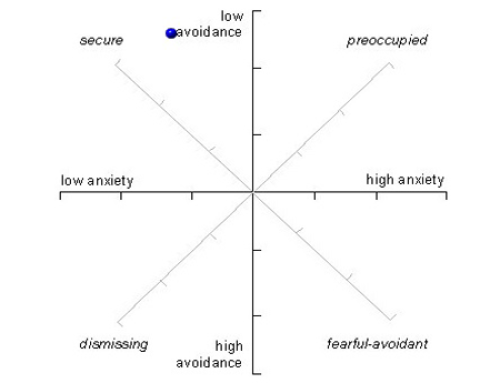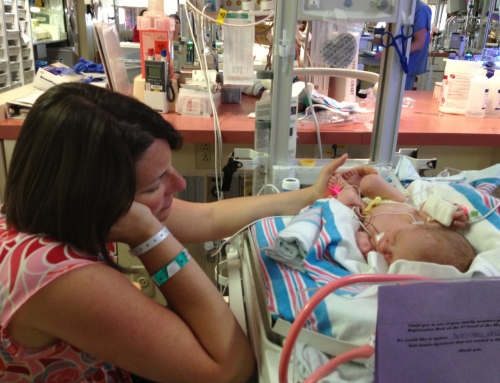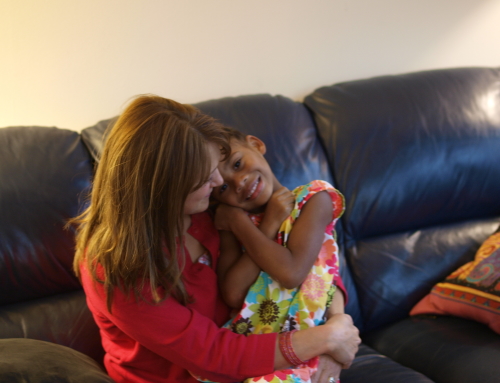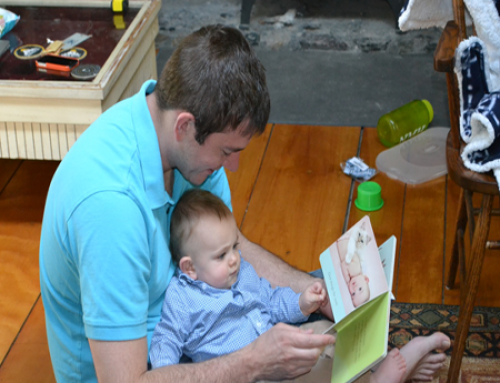Close Connections: Bonding and Attachment
Except from the 2014 book, Attaching through Love, Hugs, and Play, Deborah Gray, MSW, MPA, published by Jessica Kingsley Press.
What did you picture when you thought of yourself parenting a child? Did you see yourself tenderly holding your baby or child, playing together, snuggling, holding hands, or reading books together at night? These are scenes of sharing the pleasure of being connected to your child—whether it is during a calming time as you snuggle a little one at bedtime or the exciting time of hide-and-seek.
Close connections, called attachments, are the day-to-day expressions of the mental pictures above. Our children cuddle. They save their special surprises for us, show delight at being with us, and feel safe and valued by us. You, their parents, are kind, strong, and sensitive. You set and enforce limits in a reasonable manner. Frustration is low—enjoyment high. Admittedly, parenting images like this are parenting at its best. Still, you should be able to anticipate a good portion of your time with your children to be just this way.
Gazing at each other, playing together, skin-to-skin contact, feeding times, and meeting needs in a sensitive way are ways to “bond.” Over the course of months, as parents and children repeat these activities many times, they become exclusively bonded to each other. We refer to these exclusive and intimate bonds as “attachments.” When your children believe that you will keep them safe, meet their needs, and that you are sensitive to their needs, the type of attachment that forms between you and your child is known as a secure attachment.
Attachments, by definition, are the closest of our relationships. They are exclusive. We are close with select people. People are not replaceable. We are attached to our family members, and our very best friends. We do not go up to just anybody for closeness, or to get our needs met. (If children do that, it is a danger sign.) Attachments are emotional. We feel strong emotions around the people to whom we are attached—love and joy when we are with them–fear and grief if our connection to them is threatened or if they are in danger. Attachments are intimate. Both physically and emotionally we open ourselves up to the other person in an attached relationship.
In our attached relationships with our children we provide for our children’s needs. Usually people think of simple physical needs—food, warmth, and basic safety. Over the last four decades, research has described what my grandmothers knew well. Through our attachments we teach our children the basics of understanding their emotional life and that of others. We provide a template for children to handle their own emotions through their emotional connection with us. In this next section we will discuss a bit of the “wiring” that occurs in your child’s brain when you are connecting to your child.

